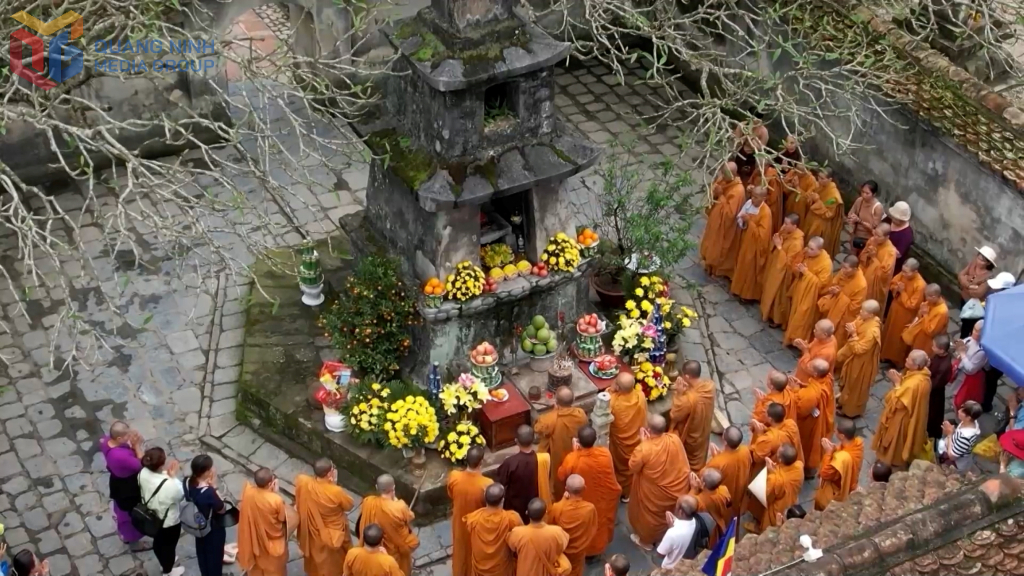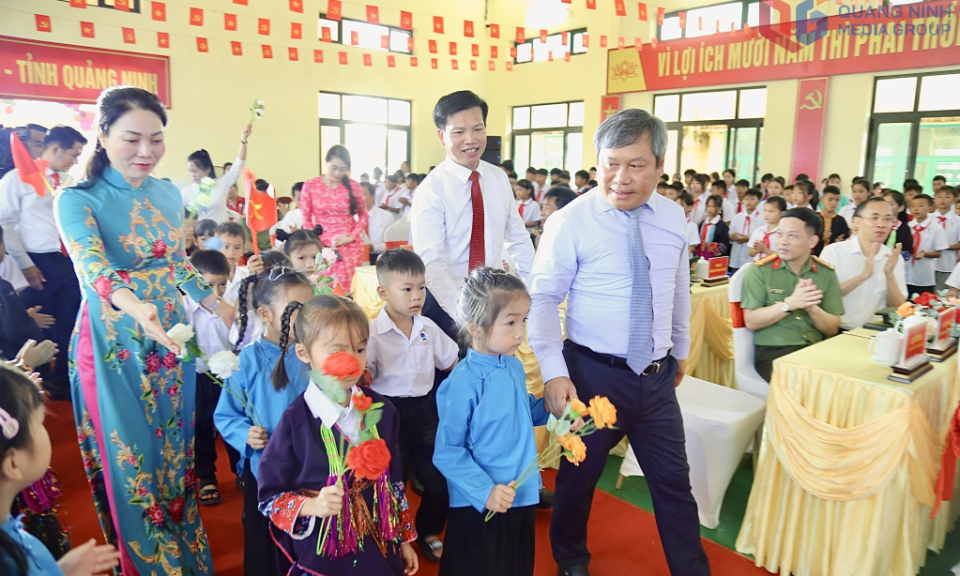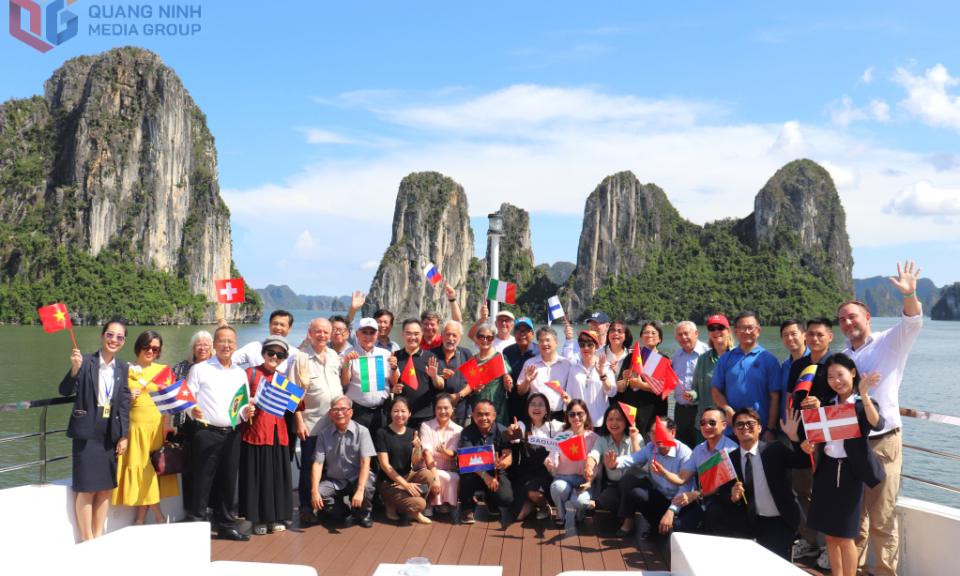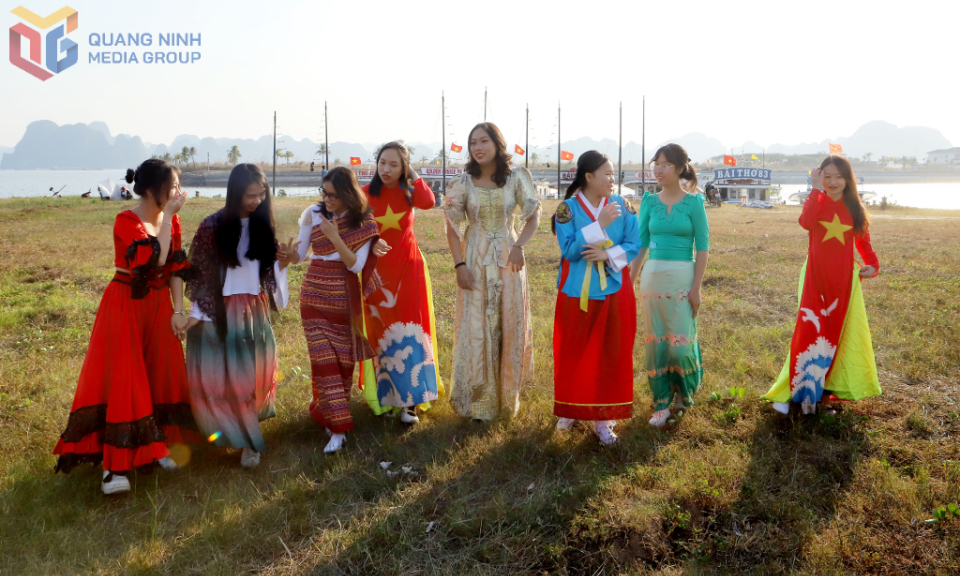Yen Tu - Vinh Nghiem - Con Son, Kiep Bac: A Journey toward world heritage recognition
On July 12, during its 47th session, the UNESCO World Heritage Committee officially inscribed the Yen Tu - Vinh Nghiem - Con Son, Kiep Bac Complex of Monuments and Scenic Landscapes as a World Cultural Heritage Site. This prestigious designation marks a significant cultural milestone for Vietnam and, in particular, for the three provinces that are home to the heritage.
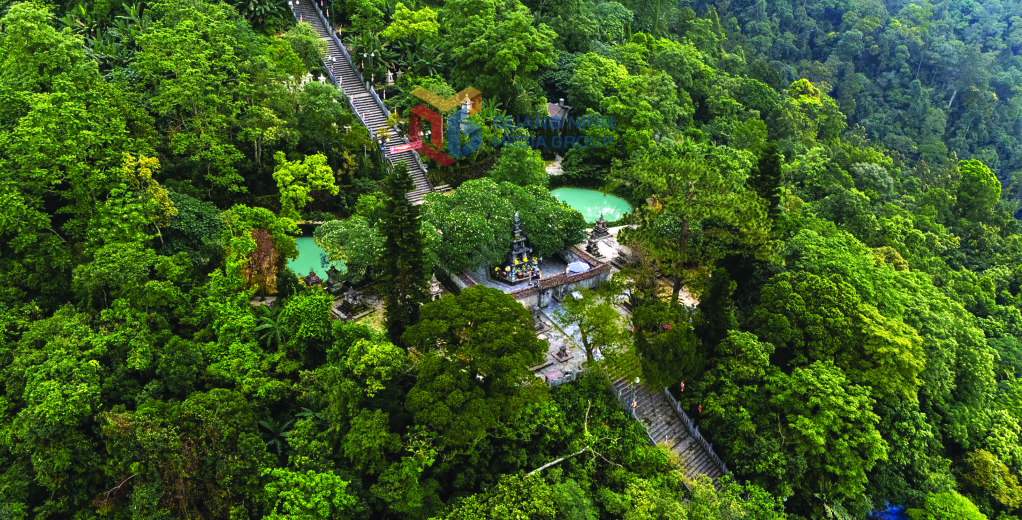
The inscription crowns a 13-year journey of persistence, scientific rigor, and cross-provincial collaboration - with Quang Ninh province serving as the lead coordinator.
From the early days of conceptualizing the dossier to its final submission, this effort reflects Vietnam’s commitment to honoring and safeguarding its rich spiritual and historical legacy.
A dossier rooted in scholarship and cultural vision
The nomination dossier for Yen Tu-Vinh Nghiem-Con Son, Kiep Bac is widely regarded as one of the most comprehensive in Vietnam’s heritage history. Developed through meticulous research involving hundreds of domestic and international experts, the dossier was refined across dozens of consultations, workshops, and field missions.
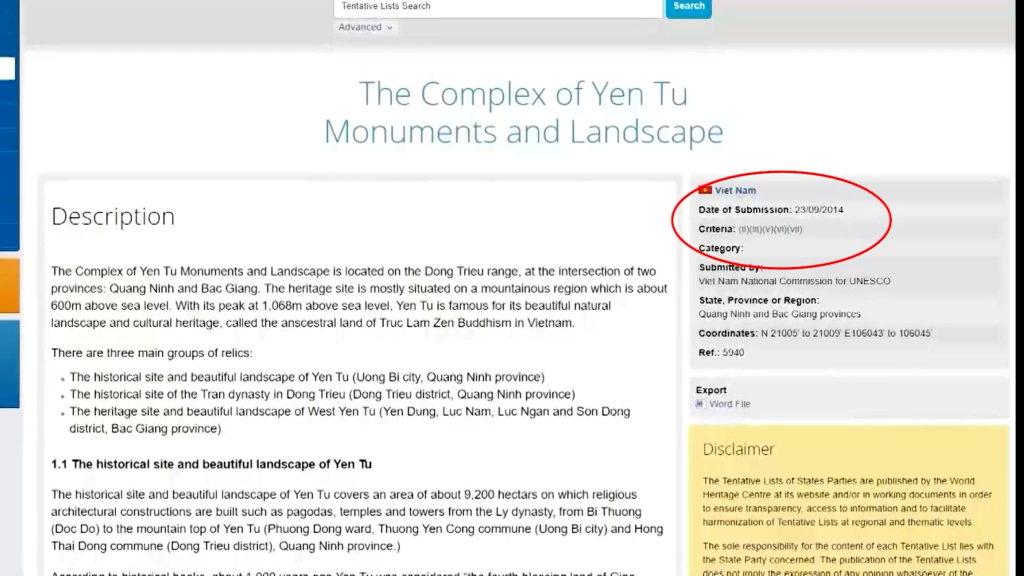
Between July 2020 and 2025, Quang Ninh issued nearly 650 official documents, hosted eight international conferences, and convened over 100 technical meetings to gather input from relevant ministries, provinces, and leading scholars.
While the initial dossier in 2014 included five UNESCO criteria and focused on two provinces, it was later expanded to include Hai Duong, and narrowed to three core criteria (iii, v, vi), emphasizing the unique cultural values of the Truc Lam Zen sect, founded by King Tran Nhan Tong. The approach was shaped by years of consultation with IUCN and ICOMOS experts, who advised refining the narrative to focus on authenticity, spiritual influence, and human-nature harmony across centuries of Buddhist practice.

In 2021-2022, additional studies were conducted on the cultural, architectural, geological, and ecological dimensions of the complex. In June 2022, an international workshop in Hanoi brought together nearly 70 experts to align the dossier’s story, scope, criteria, and boundaries. With unanimous support, the nomination was renamed to include all three sacred sites: Yen Tu, Vinh Nghiem, and Con Son - Kiep Bac.
The final dossier submitted in January 2024 consisted of nine detailed chapters and extensive appendices, including maps, drawings, and a 10-part management plan. Ultimately, 12 representative monuments across the three provinces were selected under criteria (iii) and (vi). These sites reflect the spiritual birth and evolution of Vietnamese Zen Buddhism, deeply embedded within a sacred natural and cultural landscape.
From sacred homeland to global cultural legacy
The recognized heritage complex includes 12 sites selected from hundreds across six national heritage zones in Quang Ninh, Bac Giang, and Hai Duong. All are situated along the majestic Eastern Triassic Arc, anchored by the Yen Tu mountain range, a land long revered as one of ancient Giao Chau’s four sacred regions and the cradle of the Tran Dynasty.

.
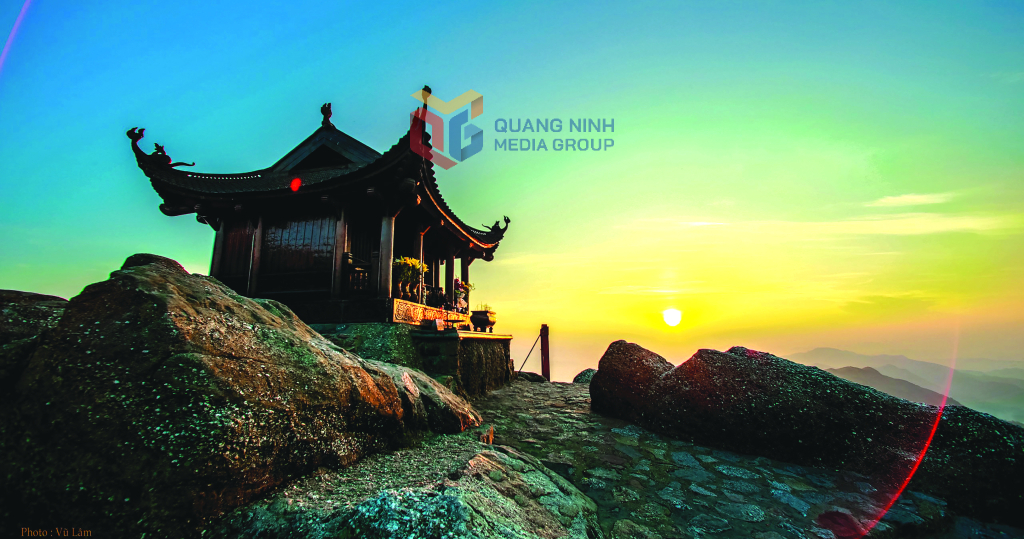
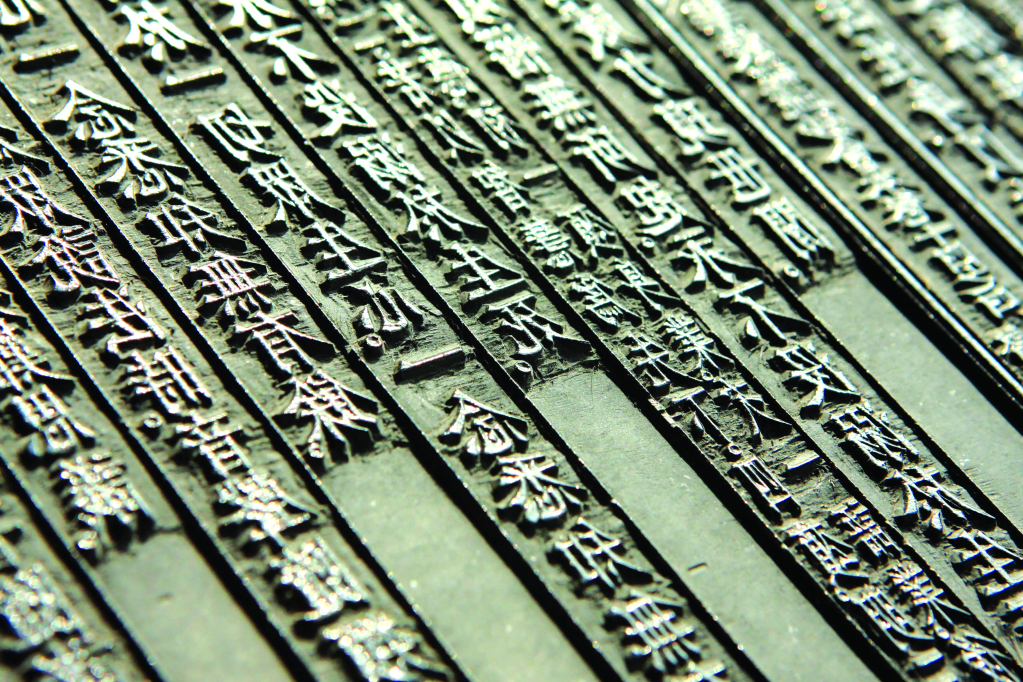
It was here that King Tran Nhan Tong founded the Truc Lam Zen School, blending diverse Buddhist traditions with Confucianism, Taoism, folk beliefs, and the rhythms of nature. Over seven centuries, these teachings flourished in temples, stupas, hermitages, and spiritual retreats built in deep harmony with the mountainous terrain, forming a living spiritual and architectural dialogue between people and the land.
Today, Yen Tu remains a treasure trove of heritage: ancient temples, thousands of artifacts, sacred scriptures, and stone steles that embody the philosophy and aesthetics of the Tran era and Truc Lam Zen. It is not only a symbol of national identity but also a vibrant cultural and ecological sanctuary, home to old-growth forests, endemic flora, and centuries-old medicinal gardens cultivated by monks.
Spiritual and cultural life continues to thrive here. The site hosts major annual Buddhist festivals, retreats, dharma talks, and wellness practices like meditation and yoga. These contemporary expressions of faith and mindfulness underscore its status as a “living heritage”, one that bridges past and present, and invites millions of pilgrims and visitors each year to experience the enduring wisdom of Vietnamese Buddhism.
A heritage for humanity
The UNESCO inscription of Yen Tu-Vinh Nghiem-Con Son, Kiep Bac not only affirms Vietnam’s cultural significance on the global stage but also ensures the highest level of international protection and recognition for this exceptional heritage. As a beacon of peace, compassion, and resilience, the site now stands proudly alongside the world’s most treasured cultural legacies, a spiritual homeland for the Vietnamese people, and a gift of heritage to the world.
Preserving and promoting the values of Yen Tu is more than a cultural task, it is a mission to safeguard the soul of a nation, reconnect with ancestral wisdom, and nurture a shared human journey toward harmony and sustainability.

